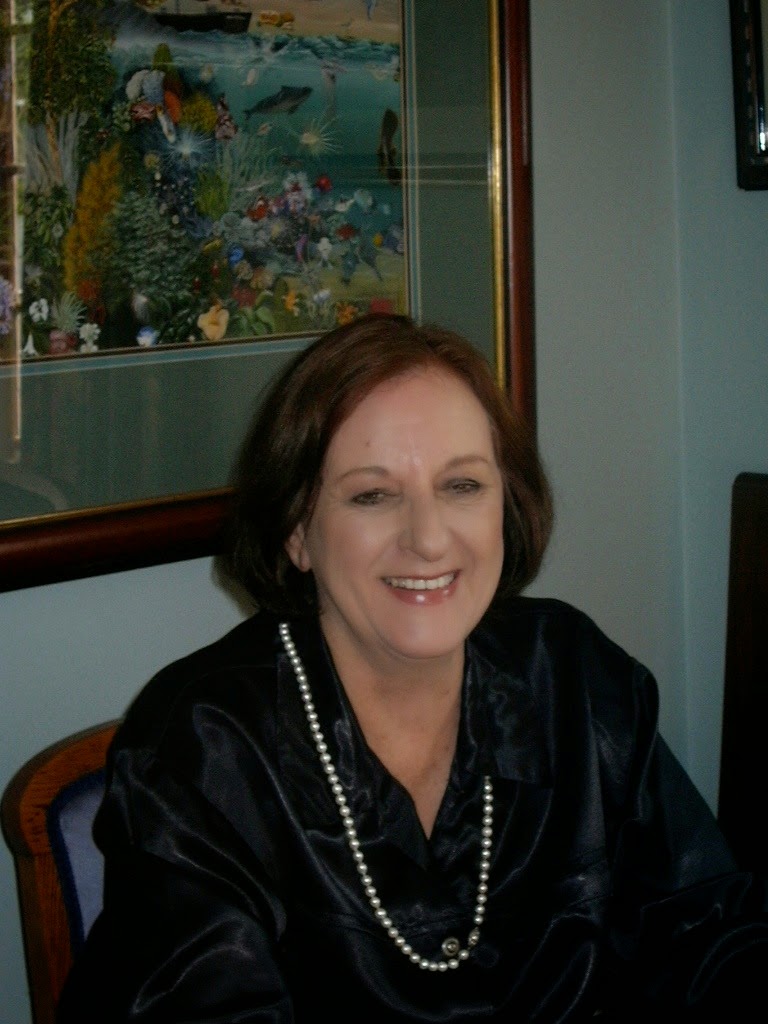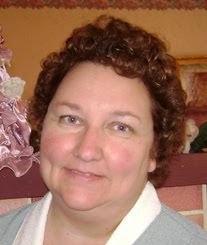Ever wonder what goes on behind the scenes of publishing? Most big houses these days require an agent. This means, in order to get your manuscript onto a publisher’s desk, an agent has to see if first, and it’s the agent who (if they like your work or think it’s marketable) will send it on through those mighty publishing doors.
So, what exactly does an agent do?
Today, please welcome Joyce Hart from Hartline Literary Agency.
Joyce has been a literary agent since 1992. She was formerly the vice president of marketing of an inspirational publishing company, and, as the president of Hartline Marketing, has nearly thirty-five years of successful experience marketing (here is a great site suggested by her to all those who need marketing services) and promoting books. Joyce has been a pioneer in selling high quality fiction to the inspirational market and has built an excellent rapport with leading inspirational publishers. A member of ACFW (American Christian Fiction Writers), Joyce is a graduate of Open Bible College, Des Moines, IA now merged with New Hope College in Eugene, Oregon. Joyce is based at Hartline Literary’s Pittsburgh headquarters.
Joyce, we are honored to have you as our guest for an interview. Thank you for taking time out of your busy day to share your knowledge with us.
Sandi: How do you define your job as an agent?
Joyce: We want to help our clients develop their careers. We hope when we sign with someone it’s for a long term relationship. One of my clients has been with me for 22 years and several have been with us for 10 or more years. I also see myself as an encourager. When the author gets discouraged about rejections, etc., I remind them of what a good writer they are. This is a tough business, especially in the last few years.
Sandi: How has the business gotten “tough” over the last few years?
Joyce: There have been so many changes in the publishers. B & H closed their fiction line, now Harlequin has closed the Heartsong line, Harper Collins owns both Zondervan & Thomas Nelson, so their fiction is now Harper Collins Christian Fiction, thus there are less slots for fiction titles. Those are a few examples in the fiction market. In both fiction & non-fiction, platform is essential, good sales numbers for past titles are essential. With one publisher, they used to be happy with 5,000 in sales, now they want 20,000 in sales for each title.
Sandi: Wow. You’re right. Getting published has gotten more difficult. You mentioned something about “platform.” Can you share with us what that is?
Joyce: Platform used to mean you had to be out speaking and were well-known. Now platform also means you are on social media in addition to speaking, etc. Are you blogging, do you have a web site, are you on Facebook, Twitter, Pinterest and others as they become popular? You will be expected to do a blog tour once you get published. One publisher turned down one of our clients because she hadn’t been on her blog for 3 months. Interviews on other blogs are important too. Wherever you can get your name out there is important.
Sandi: Wow. When is the writer supposed to find time to write when they have to be involved with so much social media? You don’t have to answer that. There are a lot of expectations on writers these days.
Can you share with us how you spend your day?
Joyce: Reading and answering-mails, sending out proposals, learning new things about this ever changing business, doing my best to keep up with trends. I usually do my reading evenings and weekends.
Sandi: How do you find new clients?
Joyce: We receive many queries via e-mail, most of which we reject. The best ways are either to meet an author at a conference or by referrals.
Sandi: What do you like to see in a cover letter?
Joyce: A short summary of the book, the author’s bio and publishing history, and how the author plans to market the book.
Sandi: What turns you off in cover letters? Any pet peeves?
Joyce: The ones that say “this will be your next bestselling book” and the ones that tell us that God told them we would be their agent. I don’t mind people saying that, but for some reason they keep coming back to our agency. Maybe God has led them to us, and not always necessarily to be their agent, but to give them some solid advice.
Sandi: How savvy do you expect authors to be about publishing?
Joyce: It really helps if they know publishing. I prefer prospects to have been to writer’s conferences and to have taken online courses. If they write [Christian] fiction, it’s good for them to join ACFW [American Christian Fiction Writers] because of their many online resources. They need to know how to prepare a proposal.
Sandi: How flawless does a manuscript have to be before you will try to place it?
Joyce: It doesn’t have to be ready to go to the publisher. We’re willing to work with an author. We probably will suggest that they hire an editor. Most publishers want to see manuscripts that have been edited these days. Of course, there are always exceptions.
Sandi: What impresses you most about a piece of writing?
Joyce: Stellar writing, something that blows me away, whether non-fiction or fiction.
Sandi: What do you want from the writing itself?
Joyce: As in the previous question, something that blows me away. In fiction, something that touches me emotionally and keeps my interest. In non-fiction, I want writing that keeps me reading. Non-fiction needs to be accurate both with any kind of facts and theologically.
Sandi: Are first novels a hard sell?
Joyce: Extremely hard to sell these days. The publishers want an over-the-top platform.
Sandi: Are second novels a hard sell?
Joyce: It depends on how the sales of the first one were. It’s all about sales these days.
Sandi: Do you submit to an editor, or to a house? What’s the difference?
Joyce: For the most part we submit to an editor. This business works on relationships.
Sandi: How would the sale of a publishing house affect you as an agent?
Joyce: It would depend. Sometimes they close out an entire line, such as the sale of Harlequin to Harper Collins and Heartsong was closed, and the editor lost her job. That’s tough, our agency had at least three authors who wrote for Heartsong.
Sandi: Finally, what do you enjoy most about being an agent?
Joyce: I enjoy the interaction with the authors and editors. Authors and editors both become good friends. I love books and I love reading our clients’ books. I love finding talented new authors and helping them develop their careers. I simply love what I do. When I started working for a Christian Publisher (Whitaker House) years ago, I found my niche in life. God is good, and I thank Him for leading me to work in Christian publishing.
Joyce again, thank you so much for stopping by and sharing your knowledge and expertize with us. This is has been very helpful and enlightening.
If you’d like to get to know Joyce better, and have a look at her submission guidelines, you can find her both on her BLOG and her WEBSITE.










